
The Value of Blowing up a Balloon
Thanks to PRI Practitioner Ryan Dobbeck for the photoshoot.
In 2012, I read a blog by physical therapist Jeff Cubos that really got my attention, “The Balloon – Your New Clinical Tool.” In 2016, I finally ended up becoming certified in Dynamic Neuromuscular Stabilization (DNS) and studied extensively with the Postural Restoration Institute (PRI). I have used balloon breathing with hundreds of patients with amazing results and the 90-90 hip lift is a regular technique in my rehab arsenal.
The article he referenced should be read by every trainer, chiropractor, physical therapists, and health care provider I can think of. It is a great way of understanding how respiration influences core stability and is a great introduction to the foundational technique used by the Postural Restoration Institute –
https://www.ncbi.nlm.nih.gov/pmc/articles/PMC2971640/pdf/najspt-05-179.pdf
Before breaking down the article here are a few thoughts…
My prior Structural Integration (SI) training taught me to know how to release hypertonic neck muscles, ease the fascia surrounding the ribcage, restore individual rib motion, and get increased expansion of breath throughout the entire trunk.
The manual therapy work around the ribcage proved to be very powerful in my sessions with patients. A lot of CrossFitters and teenagers in particular had hypertonic rectus abdominis muscles that prevented the expansion of the breath into the lower abdominal region and sides.
I also found that the bench work that is part of a SI session also helped to inhibit hypertonic back muscles that contribute to a dysfunctional pattern of being ‘stuck on the inhalation. The paraspinal tissue is eased and dropped down during the rolldown phase as the patient goes into flexion. On the way up the patient pushes through the heels activating the hamstrings (also inhibiting hypertonic back muscles).
Another key SI technique called a pelvic lift encourages posterior pelvic tilt (counternutation of the sacrum) and is great for lengthening and decompressing the low back. This easing of an hyperlordotic curve restores the shape of the thoracopelvic canister (realigning the pelvic and respiratory diaphragms).
The following two images are from Structural Integrator Ed Maupin’s book, “A Dynamic Relation to Gravity” – if you are a body worker/manual therapist – please order these books.
These Structural Integration techniques help counter what PRI refers to as a loss of a Zone of Apposition and what DNS refers to an Extension Compression Stabilizing Strategy.
Thanks to Richard Ulm (Athlete Enhancement for this great illustration)
The concepts mentioned in the above article not only became a regular part of my approach but dramatically transformed how I look at the body. While manual therapy can be a great way of re-educating someone’s awareness and movement I think it is important to provide an exercise that can reinforce soft-tissue work. The 90-90 Hip Lift with Balloon is the best technique I have come across to fulfill that intention.
The act of blowing up a balloon facilitates an exhalation. This is desired because an individual that chronically utilizes an Extension Compression Stabilizing Strategy cannot exhale fully. The exhalation recruits the abdominal muscles (internal obliques and transverse abdominis) to bring the ribcage back down into a neutral position. This is referred to as internal rotation of the ribcage.
In Structural Integration terms, we would refer to a posteriorly tilted ribcage as being in an externally rotated state relative to the pelvis. Another individual that may not be as posteriorly tilted but still may be in need of bringing the ribcage back to a neutral position so that they can rotate through their torso instead of their low back.
These individuals are often compressed in their hyperlordotic lumbar spine and often also hypermobile. Since they cannot internally rotate their ribcage on one or both sides they have to make up that motion from their low back. This is a common cause of lumbar herniations and injuries that were induced by a twisting motion.
Balloon breathing can be utilized from a variety of positions not just the 90-90 hip lift position. After exhaling and setting the ribcage the patient then places their tongue on the roof of their mouth and inhales without letting air out of the balloon. This need to create intra-abdominal pressure to prevent air escaping the balloon restores the zone of apposition. The diaphragm is domed on the exhalation and rises. The inhalation from a domed position allows what is referred to as apical expansion.
Apical expansion is a normal, desired expansion of breath into the chest. Not to be confused with abnormal compensatory chest breathing.
See picture of child above for referance (compensatory chest breathing).
Another common fault is to just breathe into the abdomen. In fact, many patients tell me that they already understand diaphragmatic breathing and then proceed to overinflate their abdomen.
The wave of the breath cycle should begin with a lower abdominal and lateral expansion for about four seconds. The next two seconds should involve the wave of the breath filling the chest.
On one hand, we have chest breathers with rigid abdomens and on the other hand we have individuals that are just breathing into their abdomen overinflating their belly.
The exhale sets up the inhale. It internally rotates the ribs. An inhale from this neutral position creates the breath wave into the chest with maintenance of a zone of apposition.
Now we are doing more than just talking about core stability, diaphragmatic breathing, and ideal mechanics. Now we are breathing. Pick up some balloons and get to work. If you don’t have balloons on hand then remember to exhale fully a few times during your work day into your lower abdomen, sides, AND chest.
Believe me this will be a complete game changer for your core stability, posture, and movement.
Benefits of Balloon Breathing
Activates the abdominals (upon exhalation)
Increases intra-abdominal pressure
Restores the dope shape of the diaphragm (zone of apposition)
Restores position of the ribcage (internally rotating the ribcage)
Inhibits hypertonic paraspinals (decreasing compression based low back pain)
Inhibits secondary muscles of respiration (SCM’s, scalenes, upper traps, pec minor)
Tongue up in inhalation restores the ZOA of the Cranium
Restores shoulder position and upper rib function
– Kevin J. Kula, “The Flexibility Coach”
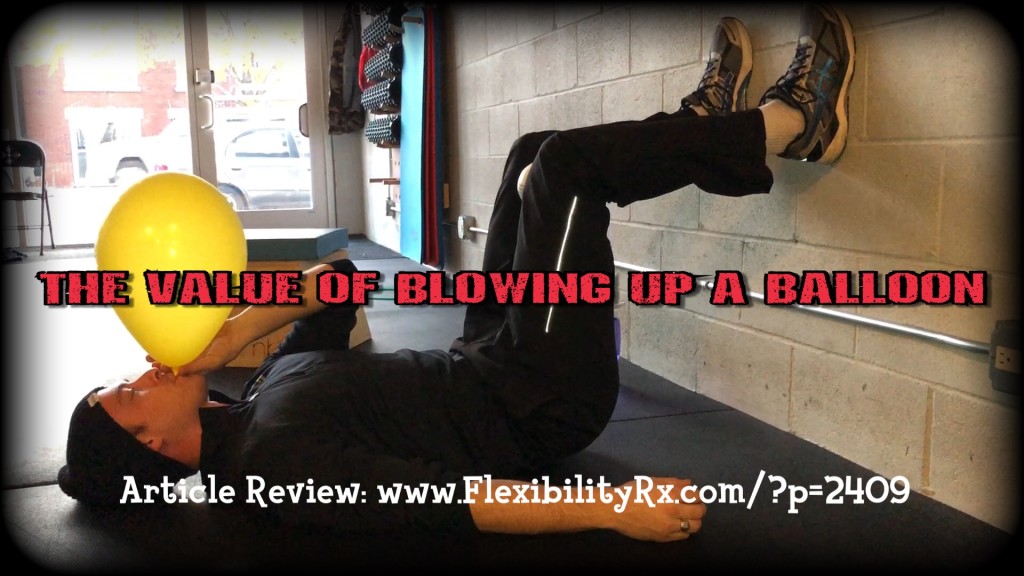
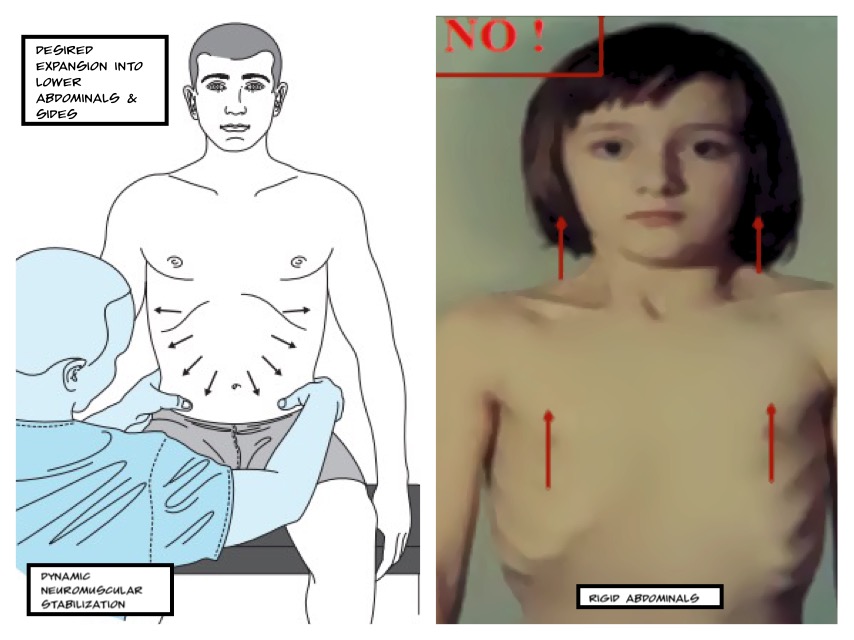
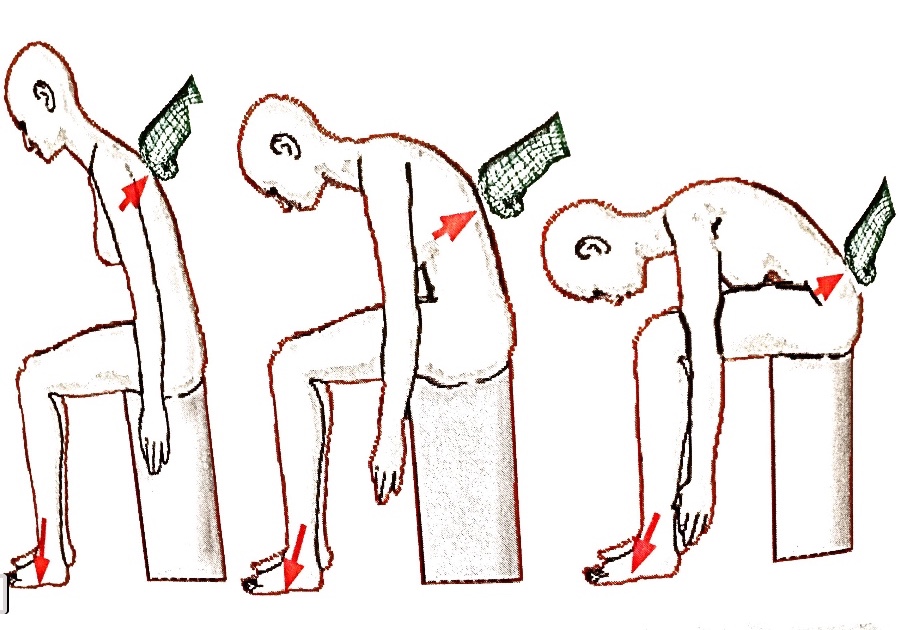
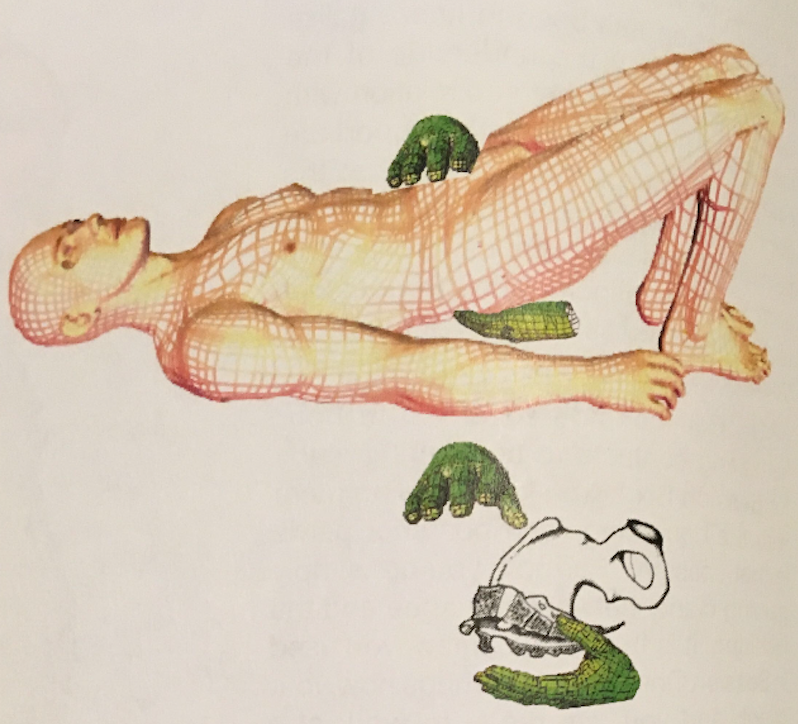
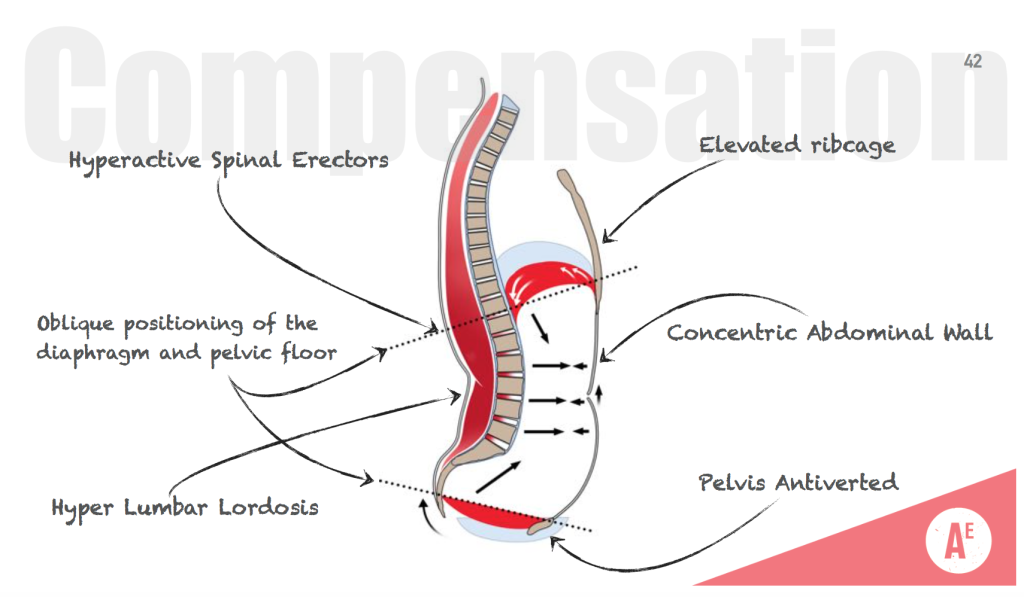
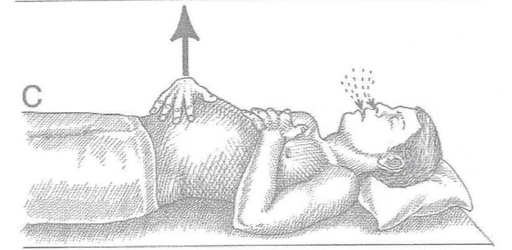
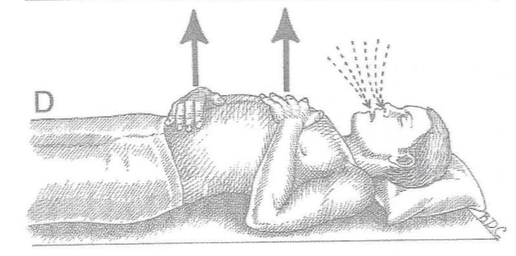
Leave A Reply (No comments so far)
You must be logged in to post a comment.
No comments yet